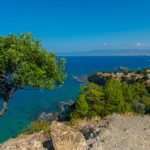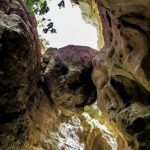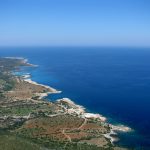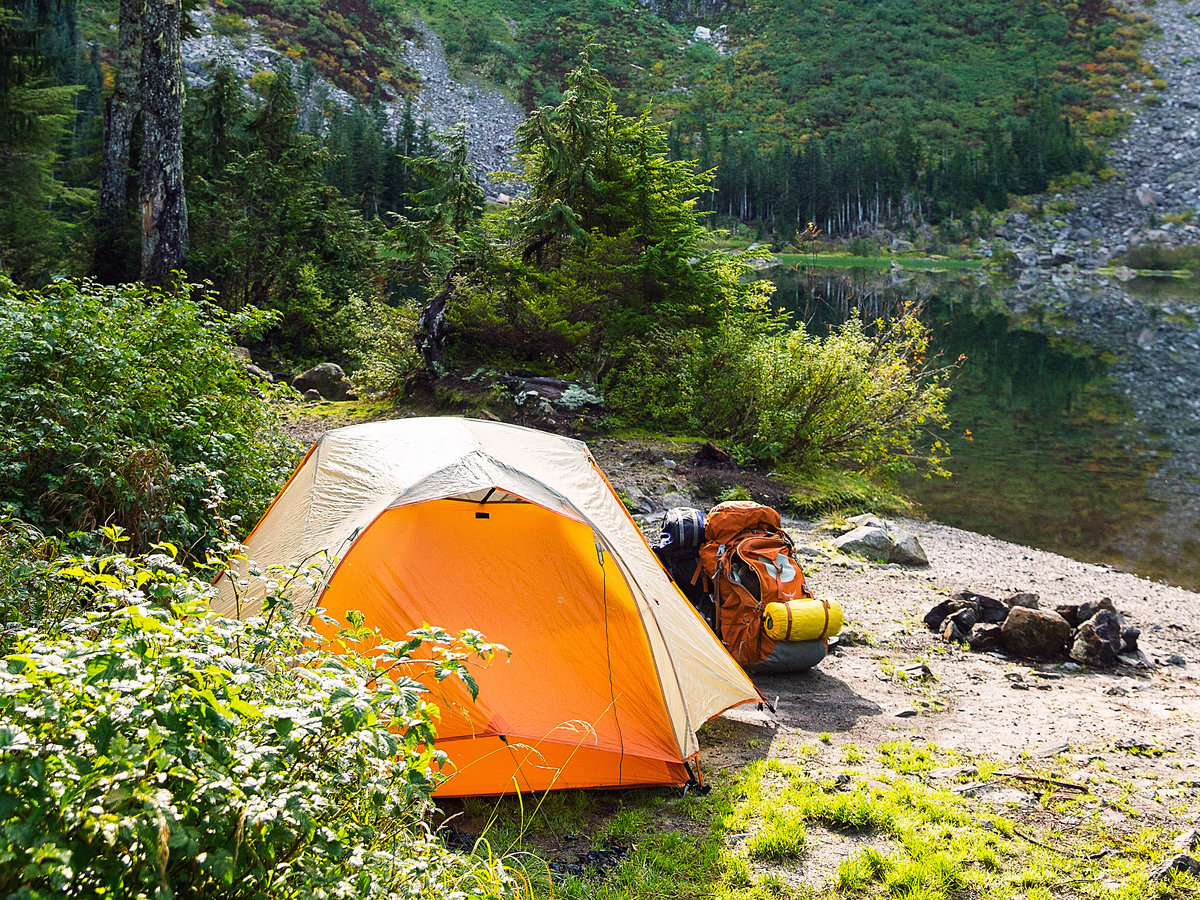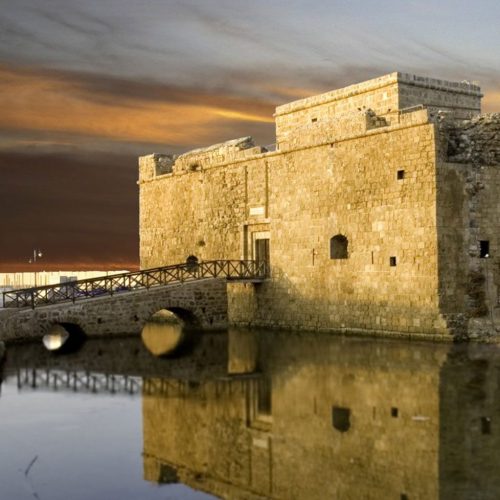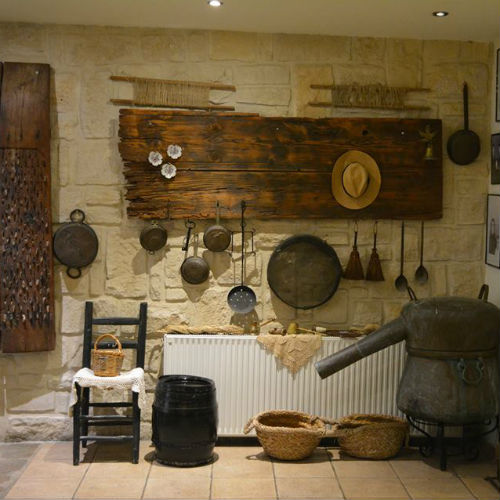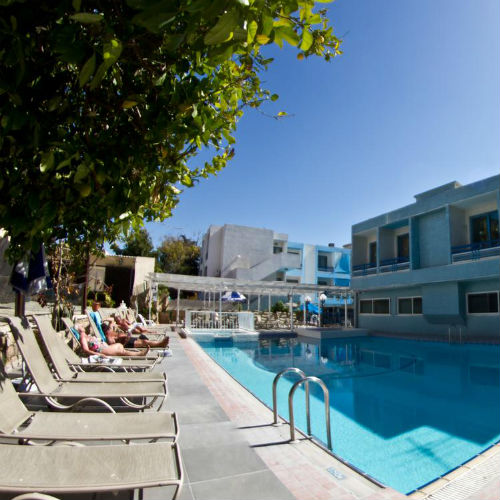Overview
The Akamas Peninsula has a unique but fragile beauty. It’s unique because it is one of the last areas of the island which hasn’t been touched by development or mass tourism. This makes it all the more fragile, for within the Akamas is where you will also find untamed natural beauty and wildlife which could come under threat should we not make sure we take extra care of it!
Perhaps one of the most important natural reserves of the island, the Akamas peninsula is found at the northwest extremity of the island, beyond the Paphos district and holds a vast area of 230 square kilometres. The peninsula is named after a son of Theseus, hero of the Trojan War and founder of the city-kingdom of Soli.
The peninsula hosts a wide diversity of wildlife including many vulnerable species, both flora and fauna, some of which are endemic to the Akamas. Wild flowers include cyclamen and the Cyprus tulip (read more about Cyprus’s endemic plants here). There are also protected animals that make Akamas their home, these include hedgehogs, foxes and snakes but most importantly it is also the home to monk seals and sea turtles.
On the southern end of the peninsula is the town of Peyia, one of the villages found on the outskirts of the protected area, and on its northeast side is the town of Polis Chysochous, where one will find the Baths of Aphrodite, where the goddess is said to have bathed.
The most important and most frequented gorge in the Akamas is the Avakas Gorge, found on the south westerly side of the peninsula. The gorge is one of the island’s most beautiful nature trails. The trail can be quite challenging to tackle at some points due to a few tight spots. The best time to visit the gorge is in autumn or spring, as it can get quite hot during summer, and there is a danger of flash flooding in the winter.


